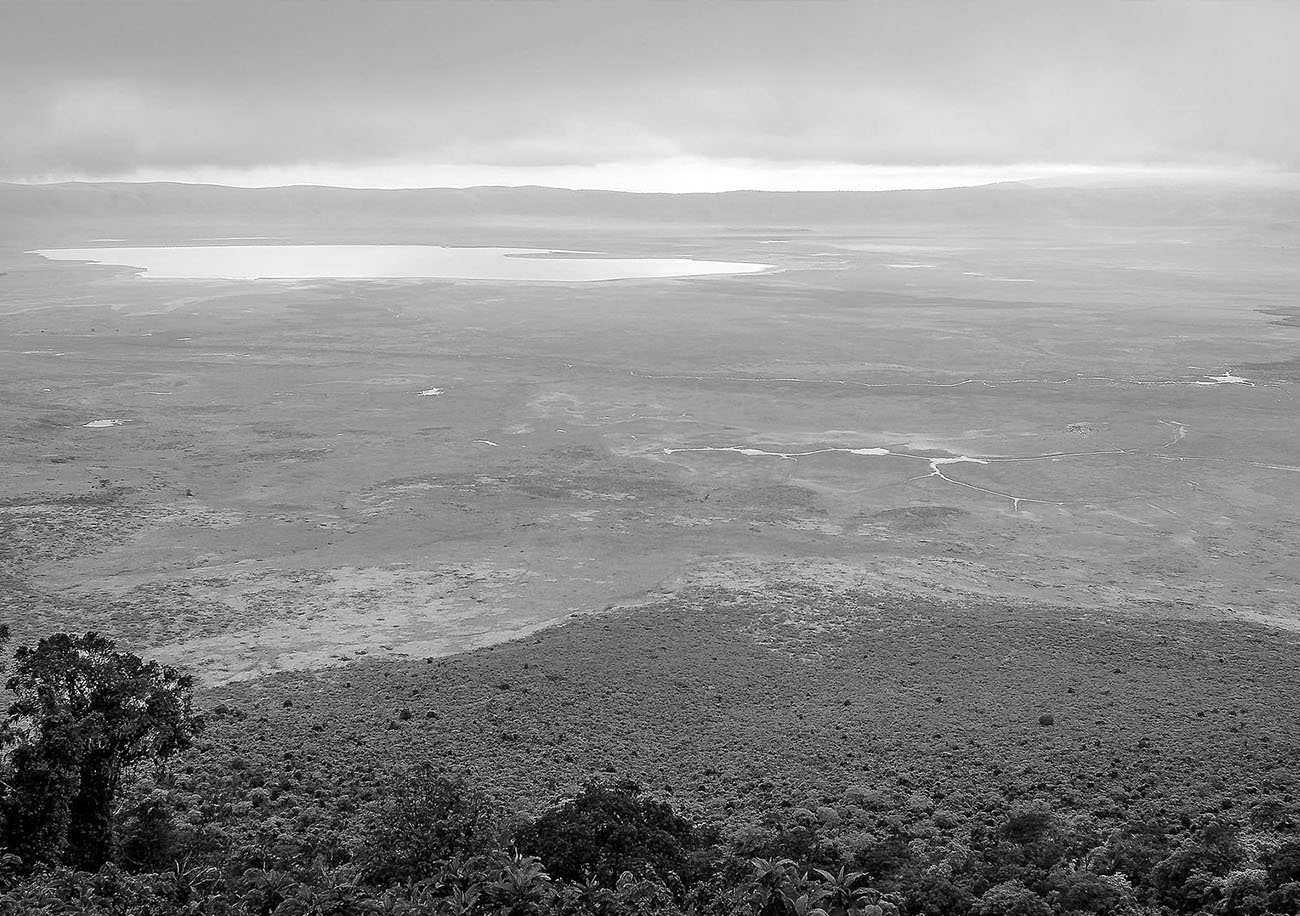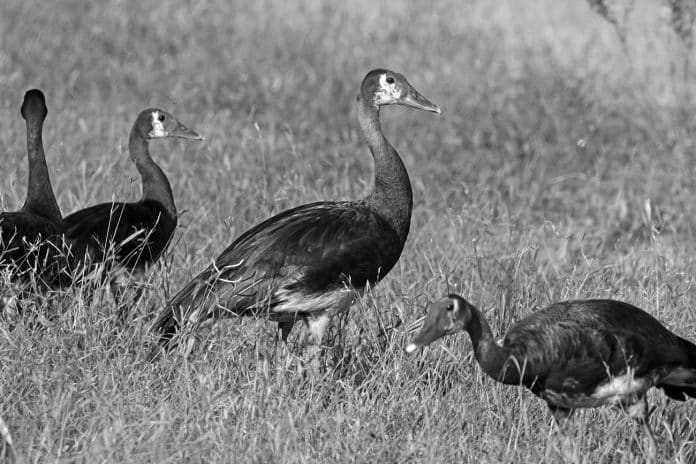Discover the Majestic Spur-Winged Goose in Tanzania: A True Wonder of Nature!
Tanzania is a land of natural wonders, and one of the most fascinating creatures that call this place home is the spur-winged goose. This large, striking bird is known for its distinctive appearance, unique behavior, and important role in the local ecosystem. In this article, we will take a closer look at the spur winged goose in Tanzania, exploring its habitat, physical characteristics, behavior, conservation status, and more. Whether you are a bird enthusiast, a nature lover, or simply curious about the world around you, the spur-winged goose is sure to capture your imagination and leave you in awe.
Introduction to the Spur-Winged Goose in Tanzania
The spur-winged goose (Plectropterus gambensis) is a species of waterbird that is found throughout much of Africa, including Tanzania. This large bird is known for its striking appearance, with a distinctive black-and-white pattern on its wings and a bright red patch on its face. The spur-winged goose is also known for its unique behavior, such as its habit of perching in trees and its loud, honking calls.
In Tanzania, the spur-winged goose can be found in a variety of habitats, including wetlands, lakes, rivers, and grasslands. This bird is an important part of the local ecosystem, serving as both a predator and prey. It feeds on a variety of plant and animal matter, including grasses, seeds, insects, and small animals. It is also an important food source for larger predators, such as crocodiles and eagles.
Habitat and Distribution of the Spur-Winged Goose
The spur-winged goose is found throughout much of Africa, from Senegal to Ethiopia and south to South Africa. In Tanzania, it is found in a variety of habitats, including wetlands, lakes, rivers, and grasslands. It prefers areas with shallow water and abundant vegetation, where it can feed on a variety of plant and animal matter.
The spur-winged goose is a migratory bird, with some populations moving between breeding and non-breeding grounds. In Tanzania, the spur-winged goose is present year-round, although its distribution and abundance may vary depending on the season and local conditions.
Physical Characteristics and Behavior of the Spur-Winged Goose
The spur-winged goose is a large bird, with a wingspan of up to 2 meters and a weight of up to 6 kilograms. It has a distinctive black-and-white pattern on its wings, with a bright red patch on its face. Its long, sharp claws are used for perching in trees and defending itself from predators.
The spur-winged goose is a social bird, often found in flocks of up to 100 individuals. It is known for its loud, honking calls, which can be heard from a distance. It also has a distinctive flight pattern, with slow, deliberate wing beats and occasional glides.
Importance of the Spur-Winged Goose in the Ecosystem
The spur-winged goose plays an important role in the local ecosystem, serving as both a predator and prey. It feeds on a variety of plant and animal matter, including grasses, seeds, insects, and small animals. It is also an important food source for larger predators, such as crocodiles and eagles.
The spur-winged goose is also important for its role in seed dispersal. It feeds on a variety of plants and helps to spread their seeds throughout the environment. This helps to maintain the diversity and health of local ecosystems.
Conservation Efforts for the Spur-Winged Goose in Tanzania
The spur-winged goose is considered to be of Least Concern by the International Union for Conservation of Nature (IUCN). However, like many species in the region, it faces a variety of threats, including habitat loss, hunting, and competition with introduced species.
In Tanzania, the spur-winged goose is protected by law, and hunting is strictly regulated. Efforts are also underway to protect and restore local wetlands and other habitats, which are critical for the survival of this and other species.
Best Places to Spot the Spur-Winged Goose in Tanzania

If you are interested in seeing the spur-winged goose in Tanzania, there are several places where you are likely to have good luck. Some of the best spots include the Serengeti National Park, Lake Manyara National Park, and the Ngorongoro Conservation Area. These areas are known for their abundant wildlife and diverse habitats, providing plenty of opportunities to see the spur-winged goose in its natural environment.
Tips for Birdwatching and Photographing the Spur-Winged Goose
If you are planning to go birdwatching or photographing the spur-winged goose in Tanzania, there are a few tips that can help you get the most out of your experience. First, be patient and observant, as these birds can be elusive and difficult to spot. Second, use binoculars or a telephoto lens to get a closer look at the birds without disturbing them. Finally, be respectful of the birds and their habitat, and follow all local rules and regulations.
Interesting Facts about the Spur-Winged Goose
Here are a few interesting facts about the spur-winged goose that you may not know:
- The spur-winged goose is one of the largest waterbirds in Africa, and one of the few that can perch in trees.
- The spur-winged goose is a highly adaptable bird, able to thrive in a variety of habitats and conditions.
- The spur-winged goose is known for its loud, honking calls, which can be heard from a distance.
- The spur-winged goose is an important food source for larger predators, such as crocodiles and eagles.
Other Wildlife and Bird Species Found in the Same Habitat as the Spur-Winged Goose
The habitats where the spur-winged goose is found in Tanzania are also home to a variety of other wildlife and bird species. Some of the most notable include elephants, lions, leopards, cheetahs, zebras, giraffes, and various species of antelope. The wetlands and lakes are also home to a variety of waterbirds, including herons, pelicans, storks, and ducks.
Conclusion: A Must-See for Nature Enthusiasts in Tanzania
The spur-winged goose is a true wonder of nature, and one of the many fascinating creatures that call Tanzania home. Its striking appearance, unique behavior, and important role in the local ecosystem make it a must-see for nature enthusiasts and bird lovers. Whether you are planning a safari in the Serengeti or simply exploring the local wetlands, be sure to keep an eye out for this majestic bird. You won’t be disappointed!
For more articles related to Wildlife in Tanzania (Animals), click here!

































